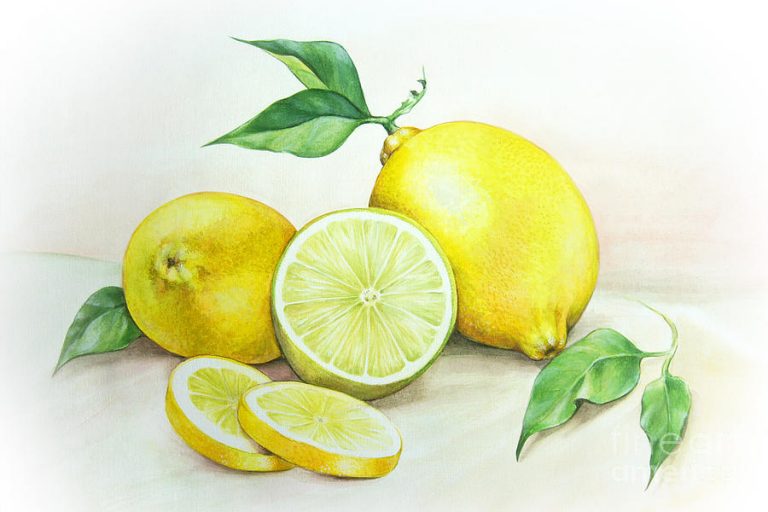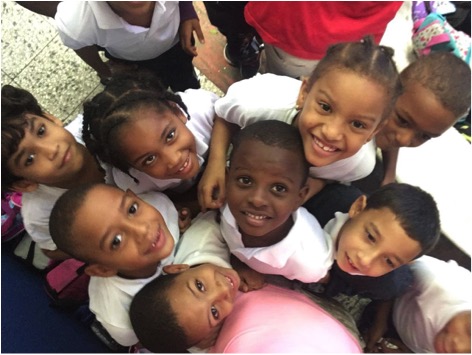The Physiology of Healing: Interview with Dr. Hering
Dr. Carmen Hering graduated from TUC’s College of Osteopathic Medicine in 2003. Since 2006, she has maintained a general medical practice in Albany, CA where she utilizes osteopathic and anthroposophic medicine. She serves as adjunct faculty at Touro University California, trains medical students and residents in her office, and serves as faculty for the annual International Postgraduate Medical Training (IPMT) program for anthroposophic medicine in the US.
In June 2017, Dr. Hering was interviewed by Nicholas Crawford for TUC’s newsletter “The Record.”
What does osteopathic medicine mean to you?
For me, the principles of osteopathy are as true and relevant today as they were in Dr. Still’s time, as they are based on the study of the natural world in order to uncover its laws. If we learn to be a student of nature and develop real interest in our fellow human beings, then everything we do in our practice becomes osteopathy, from the moment the patient walks in the door.
That being said, I put my hands on every patient at every visit. That, too, is osteopathy, of course. But I am also practicing osteopathy when I take a history, and when I give a prescription. I never stop listening to the patient, and specifically listening to their health. It wants to speak; it wants to be seen. This is the most essential point. To quote Dr. Still: “It is the job of the physician to find the health. Anyone can find disease.”
What sticks out to you about the culture at TUC?
The culture at Touro is continually evolving, and much has changed since I graduated in 2003. Many things for the better! But the quality of the faculty has always impressed me; I felt grateful to learn from such dedicated and knowledgeable professors. And that hasn’t changed.
Touro also stands out in its commitment to osteopathy, both by the strength of its curriculum and by its selection of students with a knowledge and interest in osteopathy. In addition, we have a rich resource of local practicing osteopaths here in the Bay Area. These traditional D.O.s can serve as mentors to students struggling to reconcile the principles of osteopathy with mainstream medical education and clinical practice. Many schools don’t have this and it is a tremendous advantage.
What brings you back to teach at TUC?
I really enjoy meeting with students who have an interest in healing, who want to understand nature and the human being. Many of these students are here at TUCOM, and I want to support and encourage them as I have been supported. Medical and scientific education can limit our capacity to ask questions, and limit the kinds of questions we do ask. It is especially important in medicine to be interested in health as much as disease. How does a patient heal? Why? And can we recreate this phenomena? We understand so little about the physiology of healing because we tend to study how patients get sick, not how they get well, and not those who didn’t get sick in the first place. But reestablishing and maintaining homeostasis is critical for health and wellness. If we are going to be effective physicians, we need to ask these questions.


